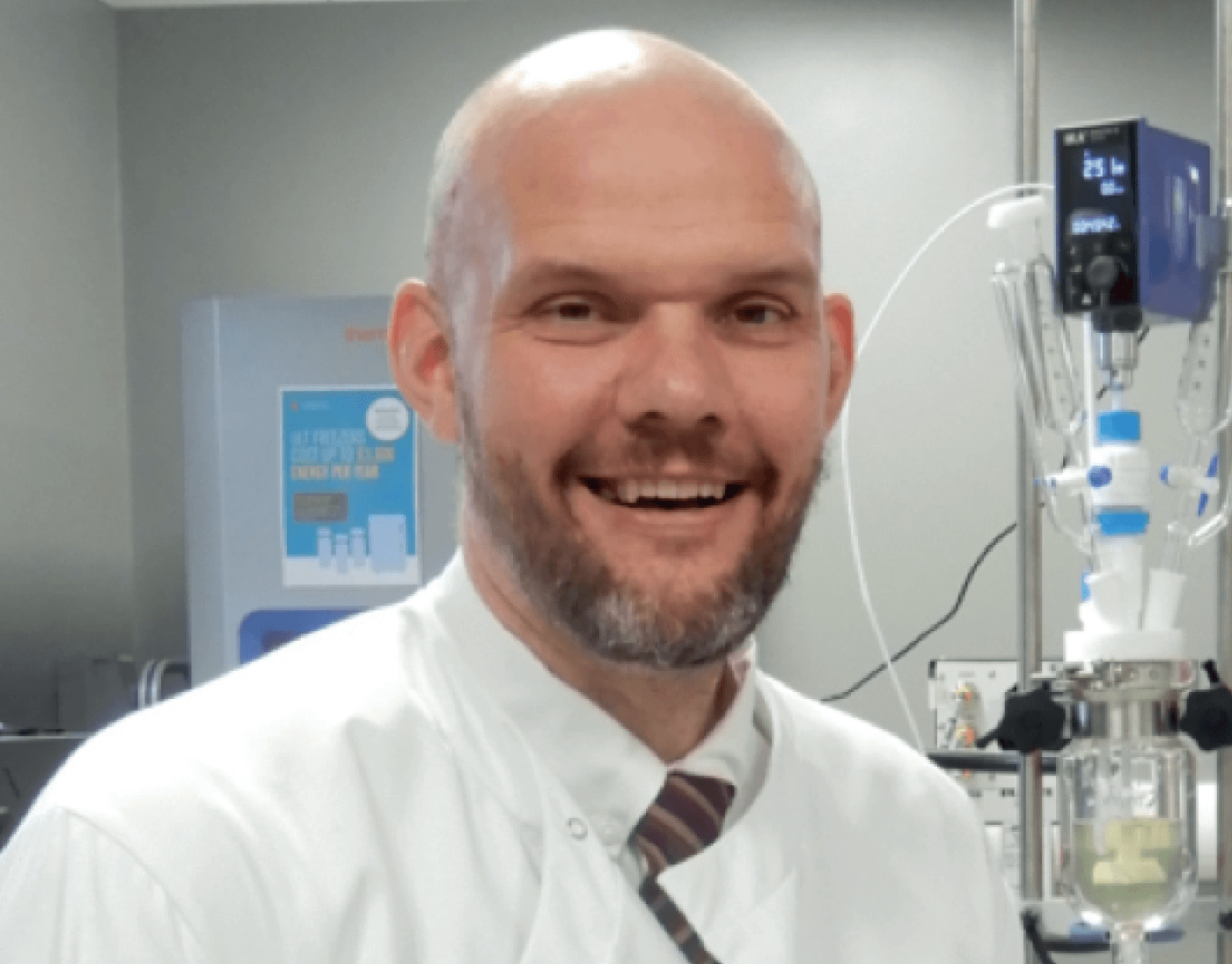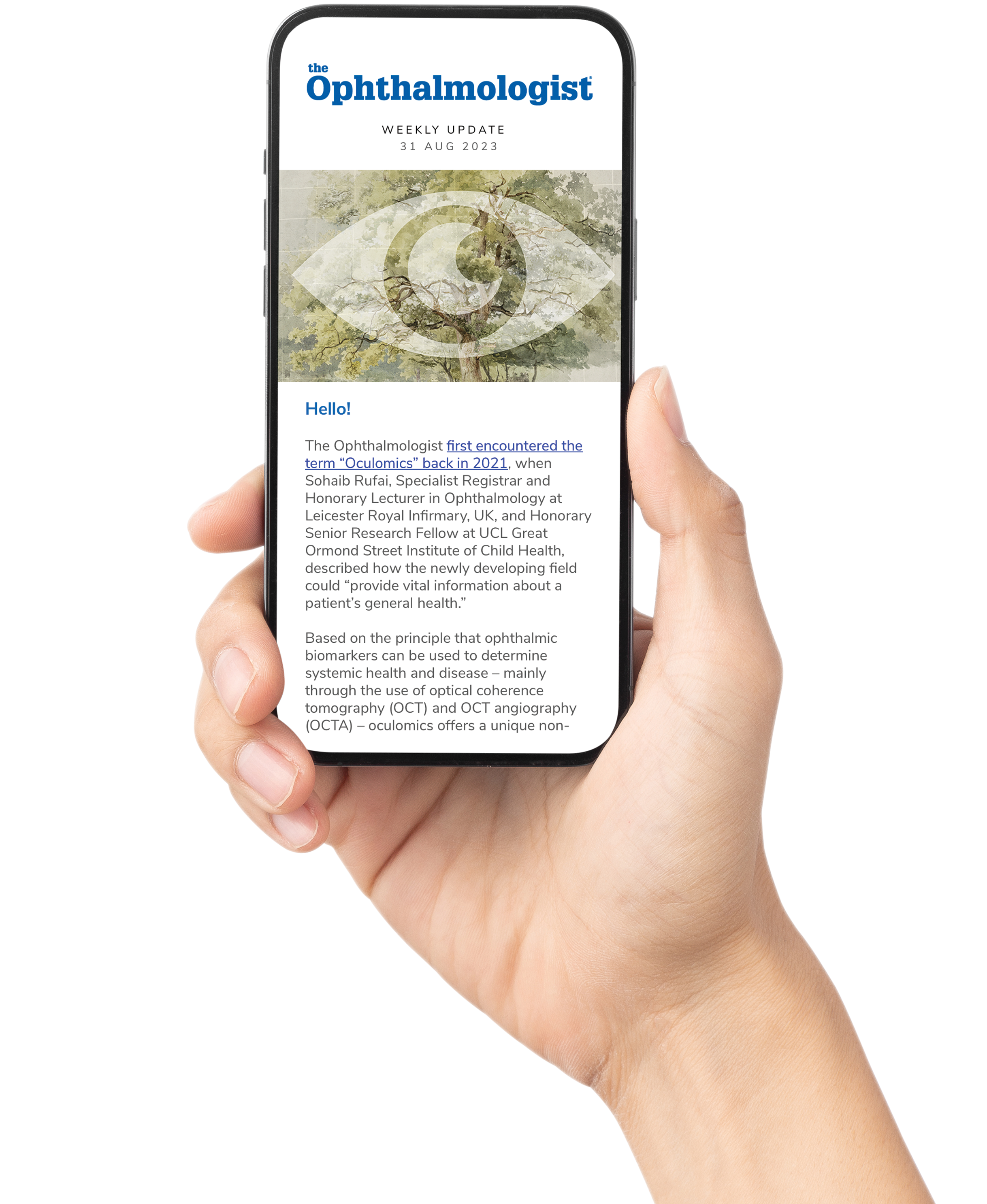
Eye drops are a notorious challenge to ophthalmic patients. Eyelids often sweep drops away from the surface of the eye, reducing effectiveness and resulting in underdosing. To address this problem, researchers from the University of Birmingham, UK, have created a solution in the form of a compatible fluid-gel solution that can ensure a controlled release of drugs – thereby increasing drug retention at the ocular surface and reducing corneal scarring (1).
Liam Grover, Professor in Biomaterials Science and lead researcher, explains, “The fluid-gel has the viscosity of water when the shear force of being extruded from an eyedropper is applied but, upon hitting the surface of the eye, it flows and thickens. Over time, the shear from the eyelid removes the fluid-gel, but this process takes much longer than it does for a normal drop.” The material has been tested for efficacy in the lab and in a rodent model, where fluid-gel containing decorin significantly enhanced corneal re-epithelialization within four days.
Recently, another University of Birmingham research group has been working with Grover’s team to incorporate a range of drugs that can reduce the issues associated with primary open angle glaucoma (POAG) into the fluid-gel (2, 3). This collaboration could enable POAG therapeutics to be administered at the surface of the eye rather than needing an injection.
Following significant COVID-19-related delays, clinical trial are now imminent. When asked about the possibility of using the fluid-gel with other drugs, Grover states that his team “are looking for partners who may be interested in working on co-development. Our material might improve the efficacy of drugs that are currently limited by poor retention.”
References
- G Chouhan et al., Biomaterials, 210, 41 (2019). PMID: 31055049.
- LJ Hill et al., NPJ Regenerative Medicine, 6, 3 (2021). PMID: 33414477.
- University of Birmigham (2021). Available at: https://bit.ly/3fBAiQv.
